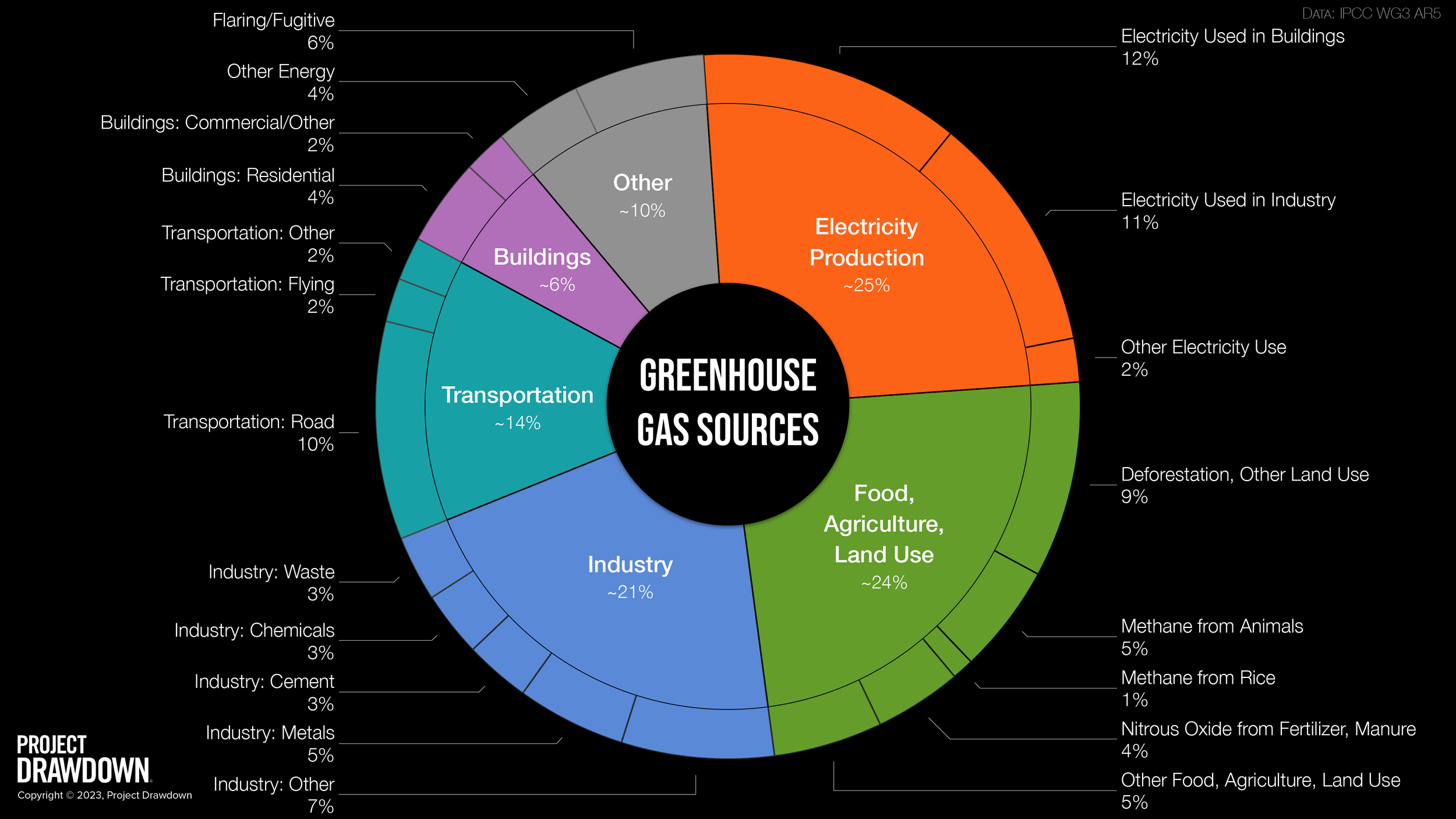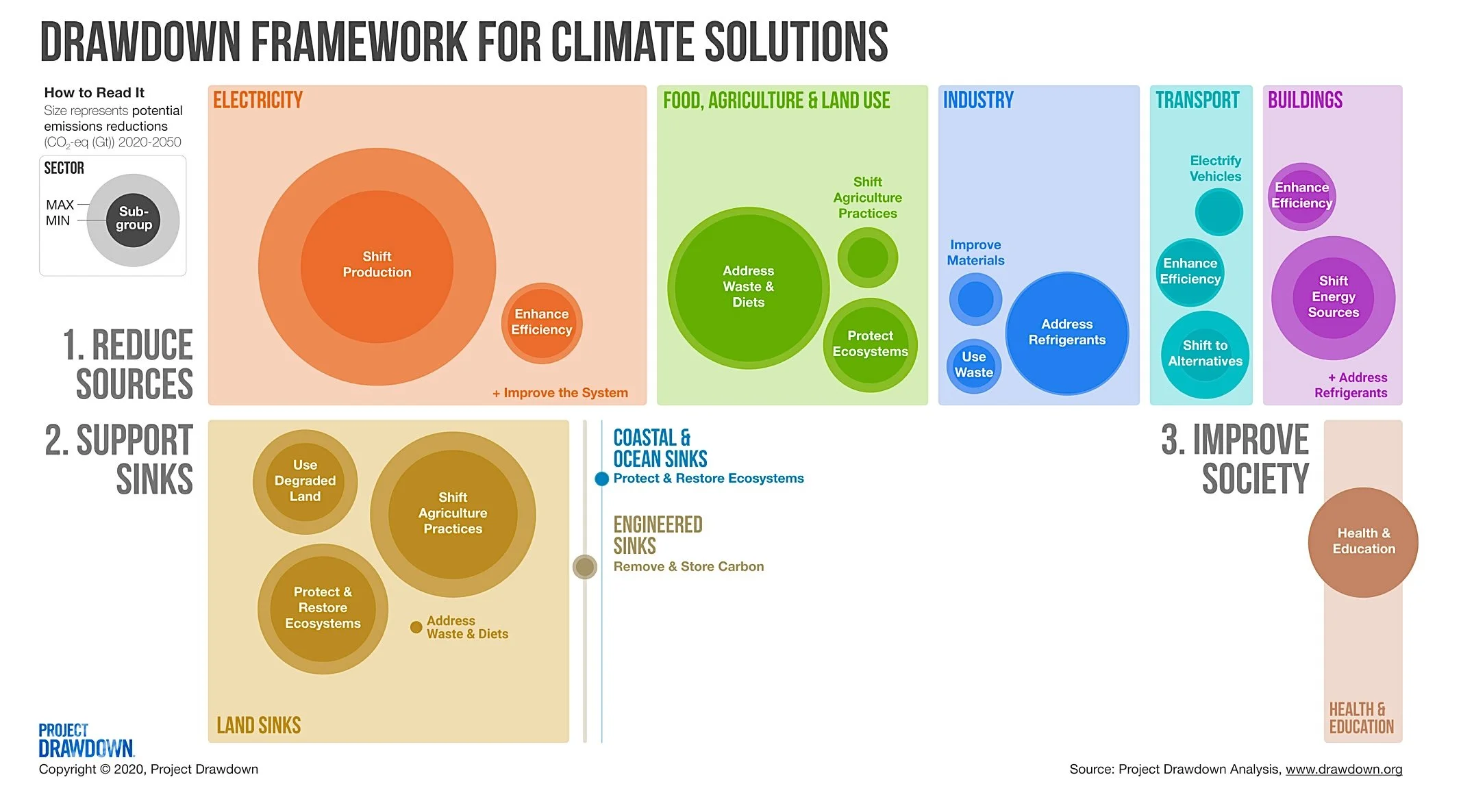By Jessica Scott-Reid
Jessica is a Canadian writer, animal advocate and plant-based food expert. Her work appears regularly in media across Canada and the US.
Canada is currently experiencing the worst wildfire season on record, with 22 million acres already burned this year, more than 10x higher than average. And the impact of the fires has been felt far beyond its borders, with smoke spreading into the US and as far as Europe. More and more people are now reporting being affected by poor air quality, as we experience in real-time, the evidence that climate change is no longer a looming threat–it’s here.
In the rush to meet this challenge, media coverage and other commentary offer up a cornucopia of potential solutions to the climate crisis, but they are usually presented in isolation and with very little context around the relative merits of each solution. No wonder we have ended up clutching at straws (literally) to understand what we need to do to help save us from a warming planet. Many of us now know that targeting issues like plastic straws and other single use plastics will have a minuscule impact on mitigating climate chaos.
This is where the genius of Project Drawdown comes in. The scientists at this climate think-tank and advocacy group present a comprehensive menu of solutions but give you a sense of where best to spend your time, money and effort by ranking the effectiveness of climate-friendly actions.
Initiated in 2014, the project includes experts from various fields who analyze and measure the potential impact of over 100 solutions, seeking to achieve "drawdown," the point at which greenhouse gas concentrations in the atmosphere start to decline. In 2017, the project's book, "Drawdown: The Most Comprehensive Plan Ever Proposed to Reverse Global Warming," became a New York Times bestseller. Since then the project has received myriad accolades, including being a finalist for the United Nations Climate Solutions Award in 2018. Their practical approach also relies on existing capabilities to help solve the climate crisis and not on future, unproven technologies or other wishful thinking that will magically deliver us from our predicament.
Project Drawdown offers a big picture analysis of the climate crisis and what we can do about it, such as the video series Climate Solutions 101. It proposes actions that individuals can take for different sectors such as electricity, transportation and food and agriculture, as well as activities such as carpooling, or purchasing EVs and heat pumps. And more recently it has offered the Drawdown Roadmap, a science-based strategy for accelerating climate solutions, that is a guide to which climate actions governments, businesses, and community organizations should prioritize to maximize efforts to stop climate change.
But its most powerful contribution is a ranking of various climate solutions by effectiveness. The ranking lists provide roadmaps for both individuals and organizations to more effectively combat climate change and create a more sustainable future. While there has been some pushback in recent years against the benefits of individual action, given that systems changes can attack the issues on a much larger scale, we clearly need both. And as people make changes themselves, they're more likely to put pressure on governments, industry and corporations to make changes also.
Further, according to the project’s site, “The relative importance of a given solution can differ significantly depending on context and particular ecological, economic, political, or social conditions.” Thus the project invites a “deeper dive into the many particularities and nuances of all of these solutions.”
To boil it down, Project Drawdown shows the two most powerful climate solutions that involve both individual and system change are:
(Click on Scenario #1 to see effectiveness rankings)
Food waste: Minimize food waste and compost organic materials to help reduce emissions from landfills and the resources required for food production. If total global food loss and wastage was cut by 50% by 2050, this will be the #1 most effective solution to reducing GHG emissions to help limit global heating to 2 degrees C by 2100. Click here to see underlying actions and assumptions.
Plant-rich diet: Shift towards a plant-rich diet or reduce meat consumption to significantly reduce greenhouse gas emissions associated with livestock production. If 50% of the global population adopted a plant-rich diet by 2050, this will be the #2 most effective solution to reducing GHG emissions to help limit global heating to 2 degrees C by 2100. Click here for details.
Other effective actions individuals can take:
- Update the home: Switch to energy-efficient LED lighting in homes, upgrade to energy-efficient appliances, such as refrigerators and air conditioners, improve home insulation and weatherproofing, and install heat pumps and solar panels, all to reduce energy consumption and reliance on fossil fuel-based electricity.
- Public transportation and biking: Where possible, opt for public transportation, biking, or walking instead of relying on personal vehicles for transportation.
- Electric vehicles: Transition to electric vehicles (EVs) to help reduce greenhouse gas emissions from transportation, especially when powered by renewable energy sources.
Check this link to discover the effectiveness ranking.
Some of the most effective systems changes:
- Education and empowerment of women. Ensure access to education and reproductive healthcare for women to help reduce family sizes and stabilize population growth, reducing strain upon resources.
- More effective management of refrigerant gasses for air conditioning and refrigeration, including more climate-friendly alternative refrigerants
- Invest in green technologies and reforestation. Advocate for and invest in innovative green technologies and sustainable products, and support projects that plant trees and restore forests, which act as vital carbon sinks.
Check this link to discover the effectiveness ranking.
In 2019, then Congressman Tim Ryan (D) described Project Drawdown to Forbes, as “impressive,” adding that “what is perhaps most striking is the sheer diversity of the solutions available to us, from converting to green-energy technologies to transitioning to healthier plant-rich diets.” He said that “Project Drawdown reminds us that although the challenges we face are great, they come with exciting opportunities to change the world for the better.”
Though we have seen the effects of climate change intensify in the five years since--including reaching the hottest day on record globally just last week--Ryan’s optimistic quote still rings true today. There still is hope. “Everyone has a role to play,” Project Drawdown said in a recent Tweet, “and actions big and small can help us address the climate crisis.”
SIGN UP BELOW FOR OUR MONTHLY EMAIL WITH LINKS TO OUR LATEST BLOGS AND A REMINDER TO FOLLOW US ON SOCIAL MEDIA FOR WAYS TO HAVE A POSITIVE IMPACT ON LIFE ON OUR PLANET.





